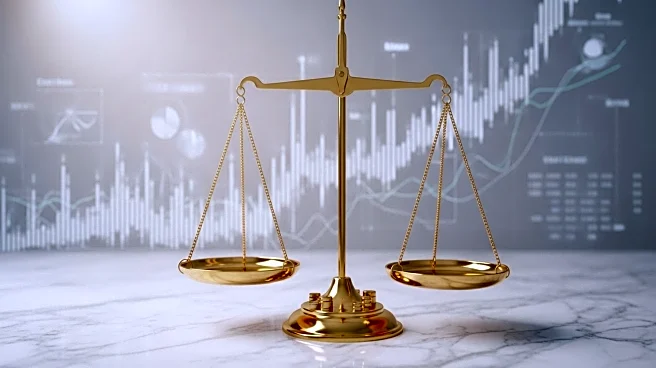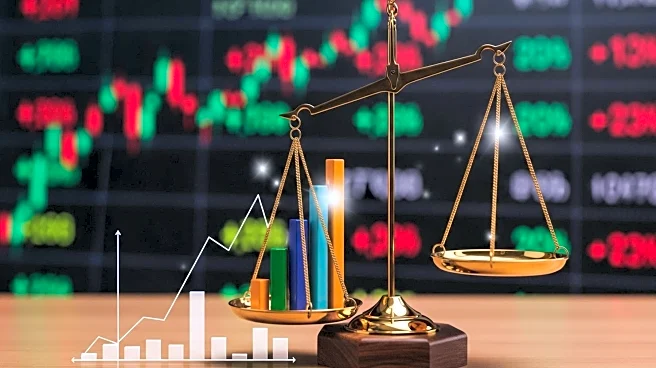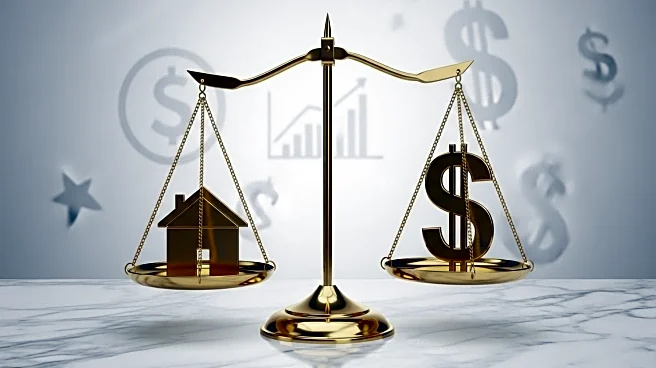What's Happening?
The Federal Reserve has cut interest rates for the first time this year, a decision that has sparked significant interest among market watchers. This move comes as several key economic indicators are set to be released, including the Personal Consumption Expenditures index, GDP updates, and home sales data. The rate cut is part of the Fed's strategy to manage inflation and economic growth, with Fed Chair Jerome Powell highlighting the challenges posed by elevated inflation and a weakening labor market. Several Fed officials, including Powell, are scheduled to speak this week, providing further insights into potential future rate cuts.
Why It's Important?
The interest rate cut by the Federal Reserve is a critical development for the U.S. economy, impacting borrowing costs for consumers and businesses. Lower rates can stimulate economic activity by making loans cheaper, potentially boosting spending and investment. However, the decision also reflects concerns about inflation and economic slowdown, which could affect consumer confidence and market stability. The upcoming economic data releases will be closely watched for signs of how these factors are influencing the economy, with implications for future Fed policy decisions.
What's Next?
Market participants will be keenly observing the speeches by Fed officials this week for any hints regarding further rate cuts. Additionally, the release of economic data such as the PCE index and GDP revisions will provide crucial insights into the health of the economy. These developments could influence the Fed's decisions at its remaining meetings this year, with potential impacts on financial markets and economic growth.
Beyond the Headlines
The rate cut and subsequent economic data releases could have broader implications for sectors such as housing and retail. Lower interest rates may lead to increased mortgage applications and home sales, while consumer spending patterns could shift in response to changes in borrowing costs. These dynamics will be important to monitor as they could signal longer-term trends in economic activity and policy responses.










